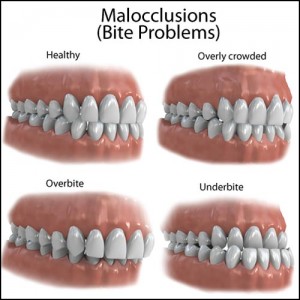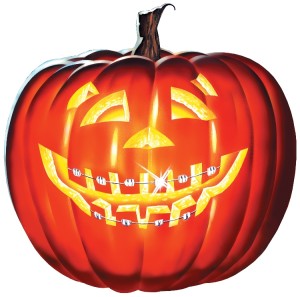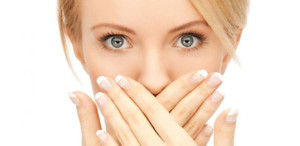Do you think your child has an overbite issue? Don’t wait until he or she is older to have it corrected!
When a child has an overbite, it is usually because the upper jaw is deficient. This causes the upper teeth to overlap the lower teeth, beyond the normal alignment between the upper and lower teeth.
The most common treatment method for an overbite is orthodontics. After examining the mouth and jaw positioning, an orthodontist can determine the course of treatment that will be most effective for your child’s misalignment.
It is important for interceptive orthodontic treatment to begin as early as possible, while the jaw bones are still “soft” and malleable. The jaw is easier to manipulate in a younger patient. Once the jaw bones are solid, the treatment becomes more extensive (and more expensive), and the process is longer, usually requiring the need to break and re-align the jaw bones.
Most children aren’t referred to an orthodontist until they are between the ages of ten and twelve years old, but if suspect your child has overbite issues, they will need to be seen by an orthodontist much sooner.
An early interceptive treatment plan is crucial! The time, cost, and effectiveness of the treatment all become factors when dealing with an overbite issue.
Malocclusions.
The term “occlusion” refers to the alignment of the teeth. A malocclusion is a deviation or misalignment from a normal occlusion. Overbites, crossbites, underbites and open bites are all types of malocclusions. An overbite is when the upper teeth stick out too far beyond the lower teeth.
Malocculsions fall into one of three categories. Class One is when a normal bite is accompanied by a slight overlap of the upper teeth. This is the most common malocclusion. Class Two is when the overbite is severe, often known as a retrognathic. Class Three is a severe underbite; when the lower teeth overlap the upper teeth. It’s referred to as prognathic.
Overbite causes:
Although some overbites are hereditary, others are caused by a malformed jaw. Jaws can actually grow unevenly under the pressure of certain habits when a child is young, resulting in an underdeveloped lower jaw or an overdeveloped upper jaw. Habits formed during early childhood such as thumb-sucking, prolonged bottle-feeding or tongue-thrusting, can cause this overbite. And habits developed later in life, such as improper chewing, eraser head-chewing or nail-biting, can form an overbite as well.
Problems a child with an overbite can face are:
• jaw pain
• excessive wear and tear on the teeth and the tooth enamel
• speech issues, which can then lead to self-esteem issues
• tooth decay
• gingivitis (gum disease)
How Do I Know If My Child Has an Overbite Issue?
Though most overbites are not considered serious, there are some that do need treatment. A severe overbite is noticeably visible and usually causes the problems listed above.
Here are some examples of malocclusions (bite problems):
Don’t Wait! The Time to Act is Now.
If you think your child has or may develop an overbite issue, don’t wait until it’s too late (and much more expensive) to have it corrected! Call our Sioux Falls, SD office to schedule an appointment with Dr. Kevin Horner or Dr. Keri Barrow as soon as possible for an orthodontic evaluation, and to discuss the possible treatment plan options.
At Horner Barrow Orthodontics, we are committed to delivering excellent quality orthodontic treatment to each and every patient.







